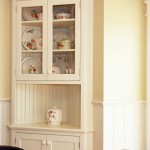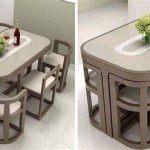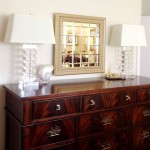Living Room and Dining Room Color Ideas
When it comes to choosing color schemes for your living room and dining room, there are endless possibilities. But with so many options to choose from, it can be hard to know where to start. To help you narrow down your choices, here are a few ideas to inspire you.
For a classic and timeless look, consider using neutral colors such as white, cream, or beige. These colors will create a warm and inviting atmosphere that will never go out of style. You can then add pops of color with your furniture, artwork, and accessories. For example, you could pair a white sofa with a navy blue armchair and a colorful rug. Or, you could hang a painting with bright colors on the wall. If you prefer dark colors, navy blue, charcoal, or black can create a sense of drama and sophistication. These colors are perfect for creating a cozy and intimate space. Again, you can add lighter colors with your furniture and accessories to create a more balanced look. For example, you could pair a navy blue sofa with a white armchair and a light-colored rug.
If you want to create a more modern look, consider using bold colors such as red, orange, or yellow. These colors will add energy and excitement to your space. You can use them on your walls, furniture, or accessories. For example, you could paint one wall in your living room a bright red and then add a yellow sofa and a blue rug. Or, you could hang a large painting with bold colors in your dining room. However, be careful not to go overboard with bold colors, as they can be overwhelming. A few well-placed accents can make a big impact without making the space feel too chaotic.
No matter what color scheme you choose, it's important to make sure that the colors you choose complement each other. You don't want to create a space that feels disjointed or chaotic. A good way to do this is to use a color wheel. A color wheel shows you which colors go well together and which colors clash. You can use the color wheel to find complementary colors or analogous colors. Complementary colors are colors that are opposite each other on the color wheel, such as red and green or blue and orange. Analogous colors are colors that are next to each other on the color wheel, such as red, orange, and yellow or blue, green, and purple.
Once you've chosen your color scheme, it's time to start putting it all together. Start by painting the walls in your chosen colors. Then, add your furniture and accessories. If you're not sure how to arrange your furniture, there are plenty of resources available online and in home décor magazines. Once you've arranged your furniture, you can add your accessories. Accessories can include things like lamps, vases, artwork, and throw pillows. Accessories are a great way to add personality to your space and make it feel more like home. Experiment with different arrangements until you find one that you love.
With a little planning and effort, you can create a living room and dining room that is both stylish and inviting. So don't be afraid to experiment with different colors and styles until you find the perfect look for your home.
:max_bytes(150000):strip_icc()/MaryPatton_May2020-6-8e9f410c0f1d4fe28484853ea47b1d5c.jpg?strip=all)
40 Perfect Dining Room Colors For Any Style

Living Room Dining Combo Ideas With Tricks Doğtaş

8 Beautiful Dining Room Paint Ideas Paintzen

54 Simple Ideas For Small Living Room Dining Combo Edward George

Best Paint Colors For Dining Rooms Forbes Home

Modern Living Room And Dining Decorating Color Schemes With Blue Wall Paint Colors

40 Best Dining Room Paint Colors Color Schemes For Rooms

The Biggest Room Color Trends According To Instagram Homes Gardens

54 Simple Ideas For Small Living Room Dining Combo Edward George

Dining Room Paint Colors Transitional Clare








